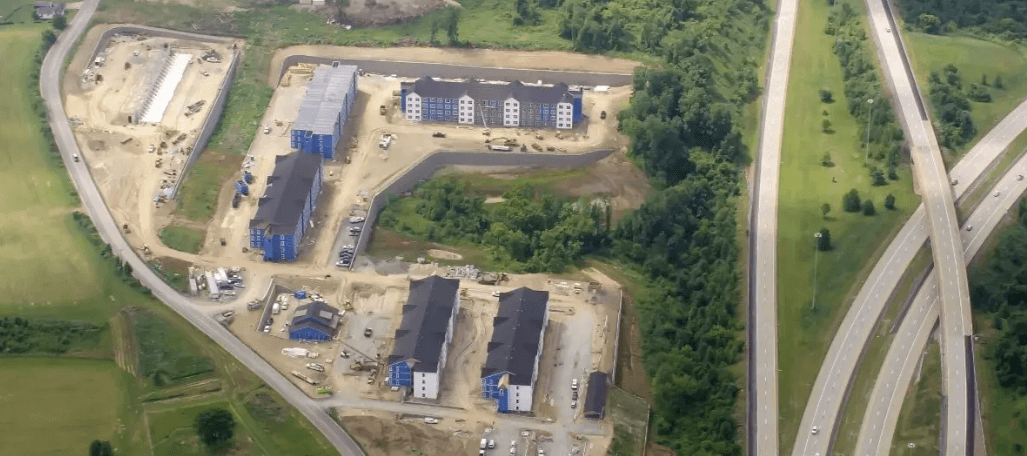Prefab Power: Why Modular Construction Is Reshaping U.S. Multifamily Development
As developers search for faster, smarter, and more cost-efficient ways to bring housing to market, modular construction is stepping into the spotlight. Long seen as an experimental or niche method in the U.S., modular building is now gaining real traction—particularly in the multifamily sector.
According to a recent Bisnow report, modular construction now represents approximately 9% of new multifamily projects in the U.S., a significant jump from previous years. While adoption still lags behind global leaders like China, the benefits of modular construction are becoming too compelling for American developers to ignore.
🏙️ China Is Leading the Way
In China, modular and prefabricated housing has evolved beyond experimentation. Entire high-rise apartment complexes, hotels, and hospitals are being built using prefabricated volumetric construction methods—a process that allows for most of the building to be completed in a factory, then assembled on-site in a matter of days.
One notable example cited in this LinkedIn article explains how Chinese developers are delivering modular high-rises at a speed and scale that’s largely unmatched in the U.S. China’s success can be attributed to streamlined approvals, centralized planning, lower labor costs, and broad public acceptance of industrialized housing.
Meanwhile, in the U.S., regulatory red tape, fragmented jurisdictions, and long-entrenched construction norms have made wide-scale adoption more difficult. But that is starting to change.
🔧 Why Modular Is Gaining Momentum in the U.S.
Several market pressures are driving developers to reconsider how they build:
- Rising labor costs and skilled labor shortages
- Persistent housing shortages, especially in urban centers
- Long permitting timelines and rising interest rates increasing carrying costs
- A growing emphasis on sustainability and waste reduction
Modular construction helps address many of these challenges. Factory-built components offer greater precision, faster assembly, and reduced job site delays caused by weather or labor gaps. For multifamily developers, this translates into faster lease-ups, reduced financing costs, and better control over project timelines.

🏢 Greystar’s Modular Division: A Sign of What’s to Come
One of the biggest endorsements of modular construction’s future came when Greystar, one of the largest multifamily developers in the world, launched its own modular housing division.
According to Greystar’s official site, the goal is to create high-quality, scalable housing solutions that can meet the demands of growing urban populations while improving project efficiency.
This strategic move positions Greystar to own the entire development pipeline—from design and manufacturing to construction and management—allowing for significant time and cost savings across projects.

💡 Final Thought
While the U.S. may still trail China in the scale and pace of modular adoption, the momentum is shifting. As more developers look for ways to combat construction delays, control costs, and scale faster, modular is no longer just a backup plan—it’s becoming a front-line strategy.
With major players like Greystar investing heavily, and cities across the U.S. searching for ways to accelerate housing production, modular multifamily development is poised to go mainstream.
The next phase of real estate development may not be built from the ground up but rather delivered in modules, stacked into place, and leased before the competition breaks ground.